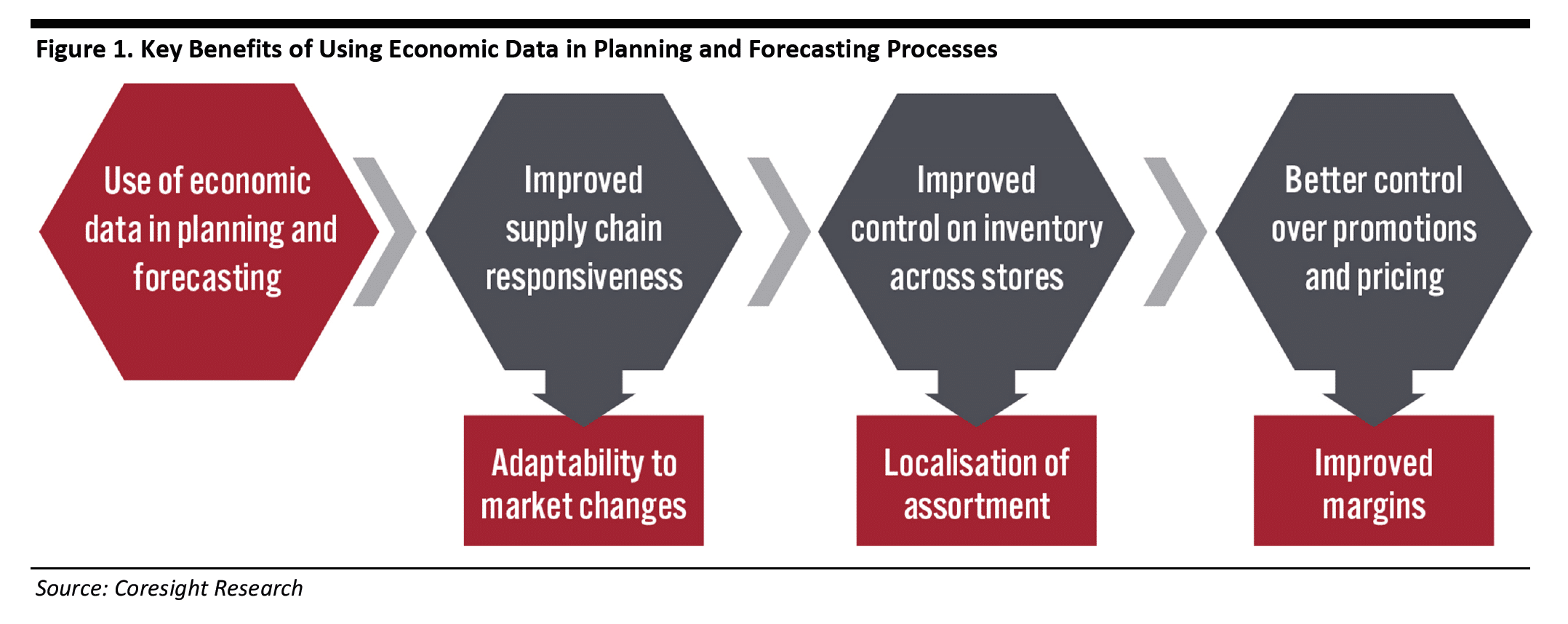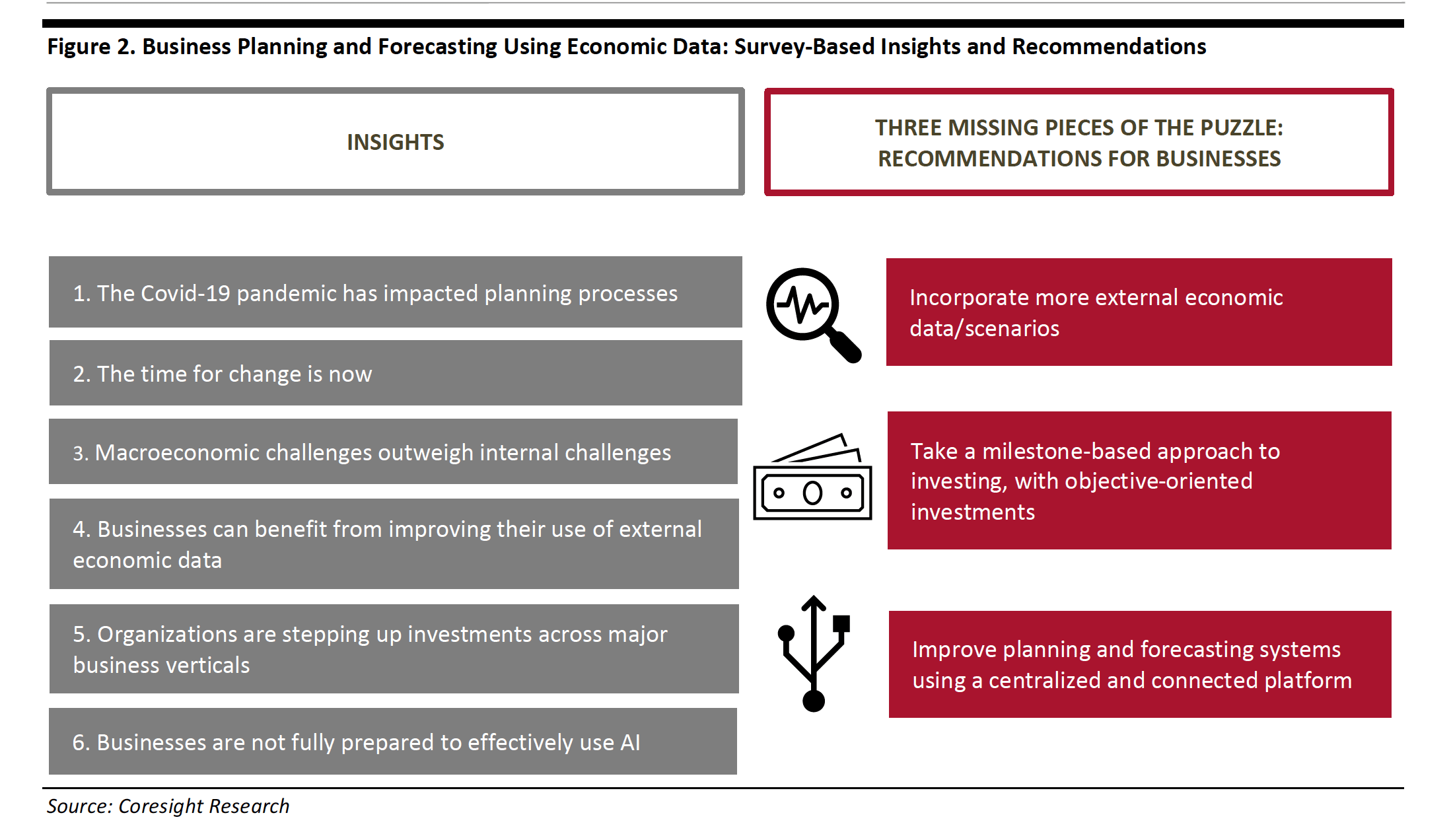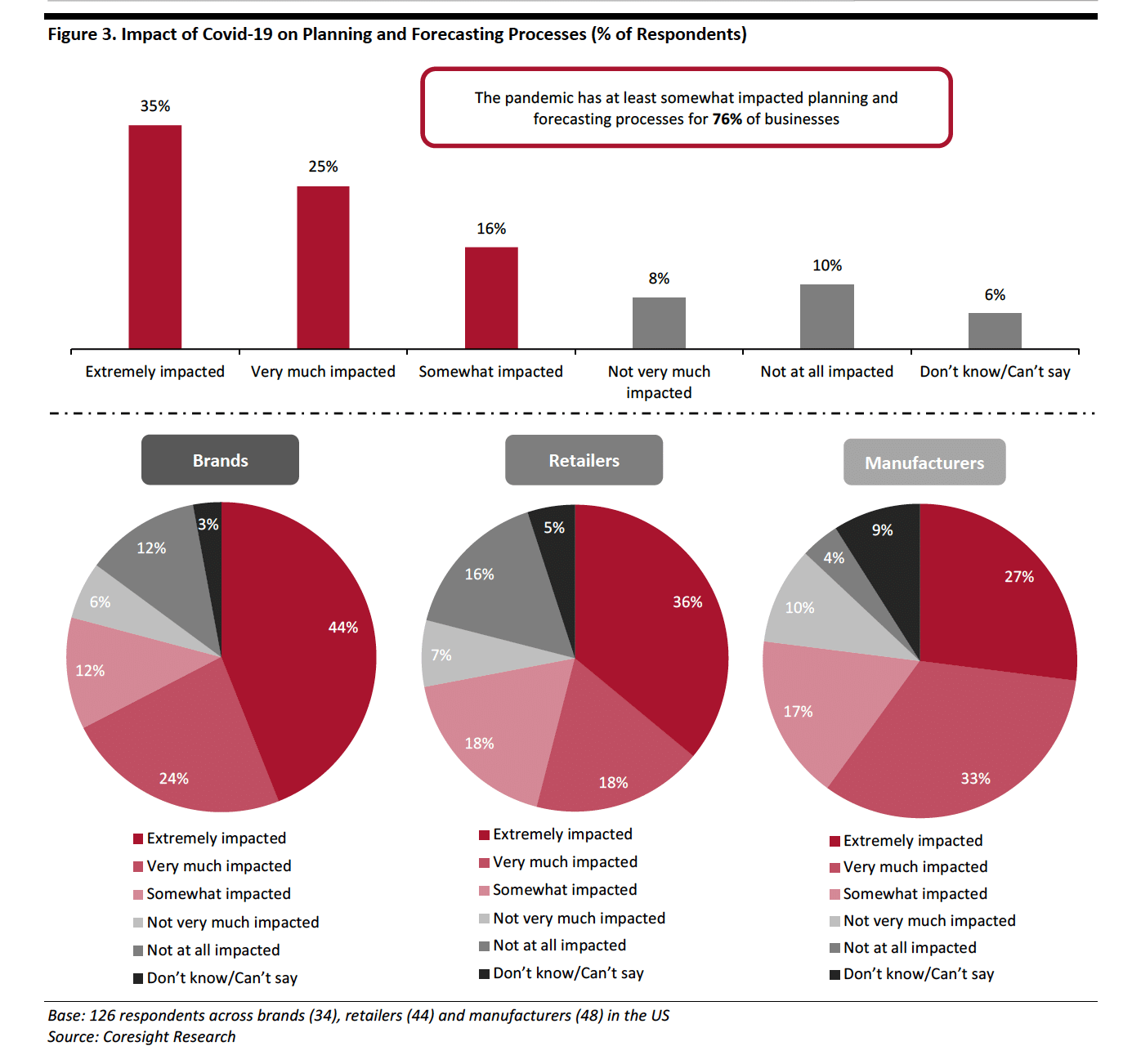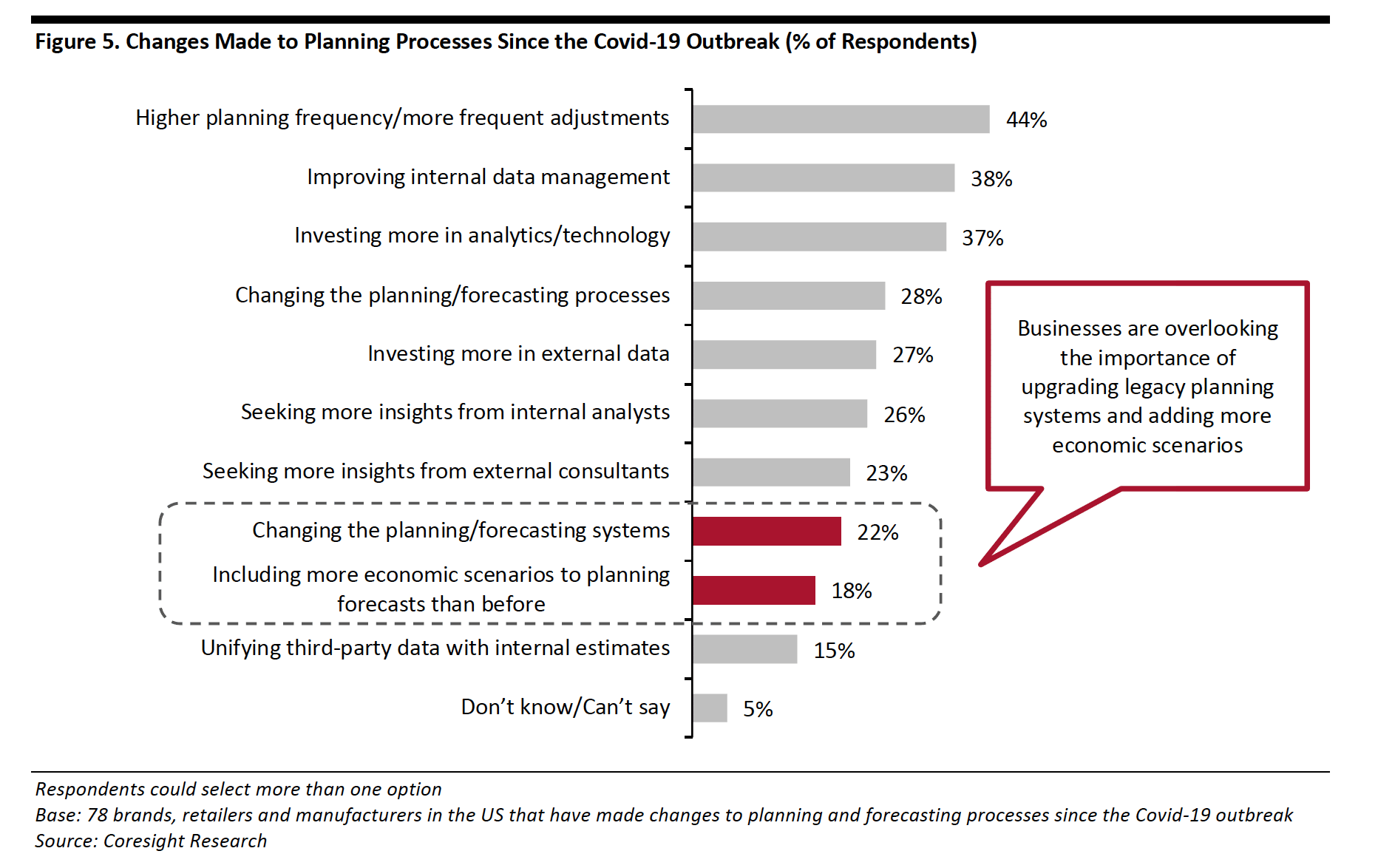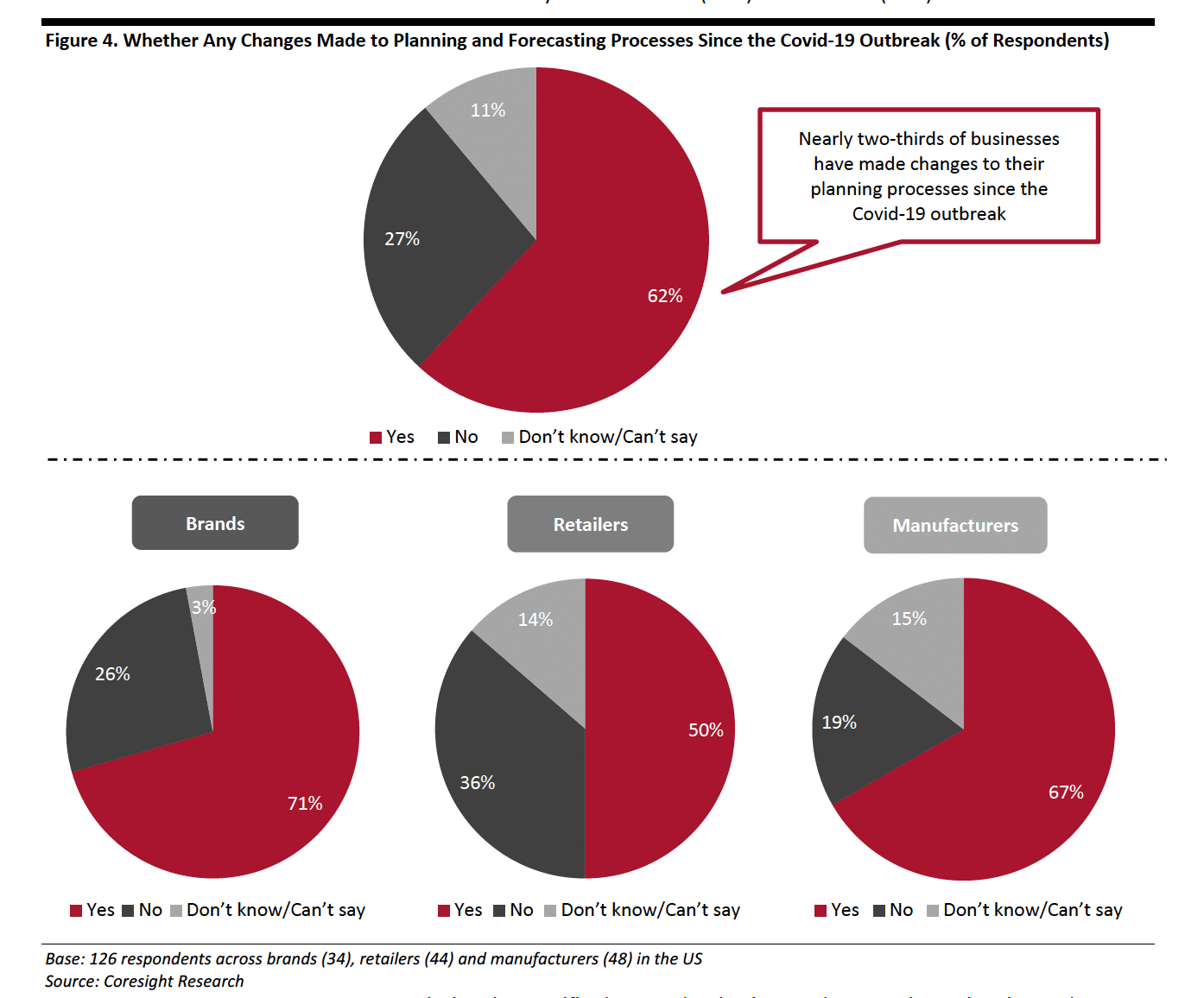Have brands and businesses learned the right lessons from the COVID crisis? New research from intelligent forecasting software firm Prevedere suggests this is not the case. As a result of the extraordinary levels of business disruption caused by the COVID-19 pandemic, more than half of today’s business leaders do not feel fully prepared to face another pandemic in the future, according to firm’s latest data report, Business Planning and Forecasting: Setting Up for Success Amid Rising Economic Volatility.
At the same time, heightened levels of business uncertainty—mainly stemming from employment issues, supply chain bottlenecks and consumer behavior shifts—continue to plague the minds of the individuals at the forefront.
The new report reveals new insights into how business leaders have been navigating pandemic-related business disruption, as well as how they are planning for existing and future challenges. According to the report, most (76 percent) respondents experienced impacts to their planning and forecasting processes since the onset of the COVID-19 outbreak, with nearly half (48 percent) reporting significant challenges. The majority of these respondents (69 percent) also cited an inability to incorporate real-time economic changes and fast changing consumer behaviors into planning and forecasting processes as their biggest challenges.
Underscoring these challenges, just 52 percent of the business leaders surveyed have been using external economic data to inform their planning and forecasting processes, and even less—only 12 percent—are using economic data unique to their businesses.
“While the pandemic has been one of the biggest business disruptors of this generation, it certainly will not be the last,” said Rich Wagner, CEO and founder at Prevedere, in a news release. “Until business leaders are able to bridge the gap between incorporating relevant external economic factors into planning and forecasting processes and making informed business decisions, surviving the next wave of disruption—whether it’s a global geo-political conflict or a vertical-specific supply chain shortage—will be virtually impossible.”
Other notable findings and trends from the Business Planning & Forecasting report include:
- Over six in ten (62 percent) of the business leaders surveyed have made changes to their planning and forecasting processes since the outbreak, with brands making the most changes
- Of the organizations making these changes, the majority of these respondents are investing more in data (62 percent) and technology (68 percent) than before COVID-19
- The top investment driver in 2022 focuses on including more economic scenarios to planning forecasts than before
Planning ahead for future disruption
Looking ahead, better usage of external economic data can help business leaders overcome factors contributing to increasing business uncertainty. This means business leaders will need to be able to identify the unique macro- and micro-economic factors relevant to their businesses, efficiently gather this information, incorporate it into their forecasts and quickly interpret and act on these forecasts to accurately plan for the future.
“As the state of the world economy continues to wade between uncertainty and volatility, the companies that will come out on top are investing in the technology that will help them stay ahead of the uncertainty of tomorrow—starting with the implementation of AI-enabled forecasting technologies capable of keeping pace with today’s rapidly changing economy,” said Deborah Weinswig, CEO & founder at Coresight Research, in the release.
Download the full report here.
The research is based on a survey of 126 business leaders at brands, manufacturers and retailers across the U.S.


